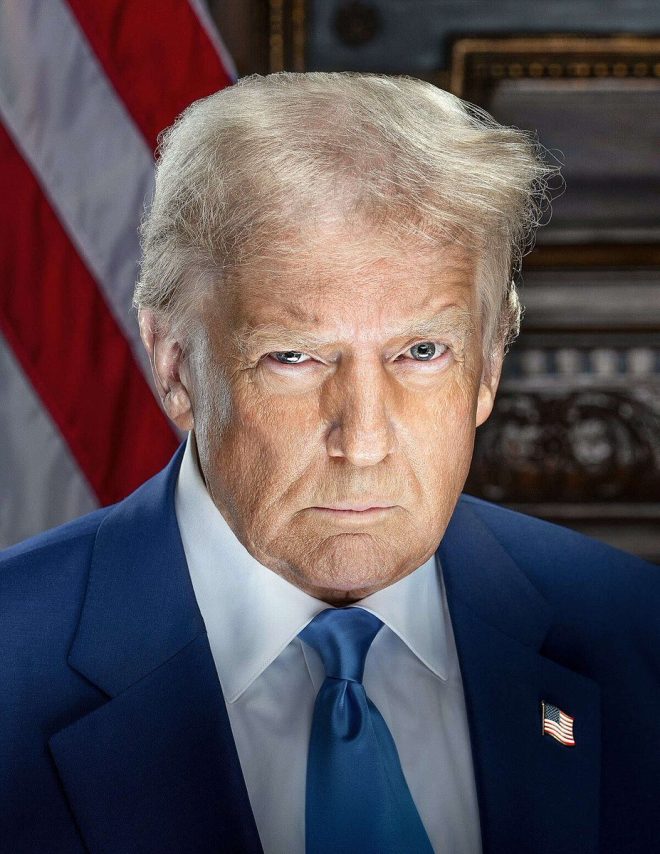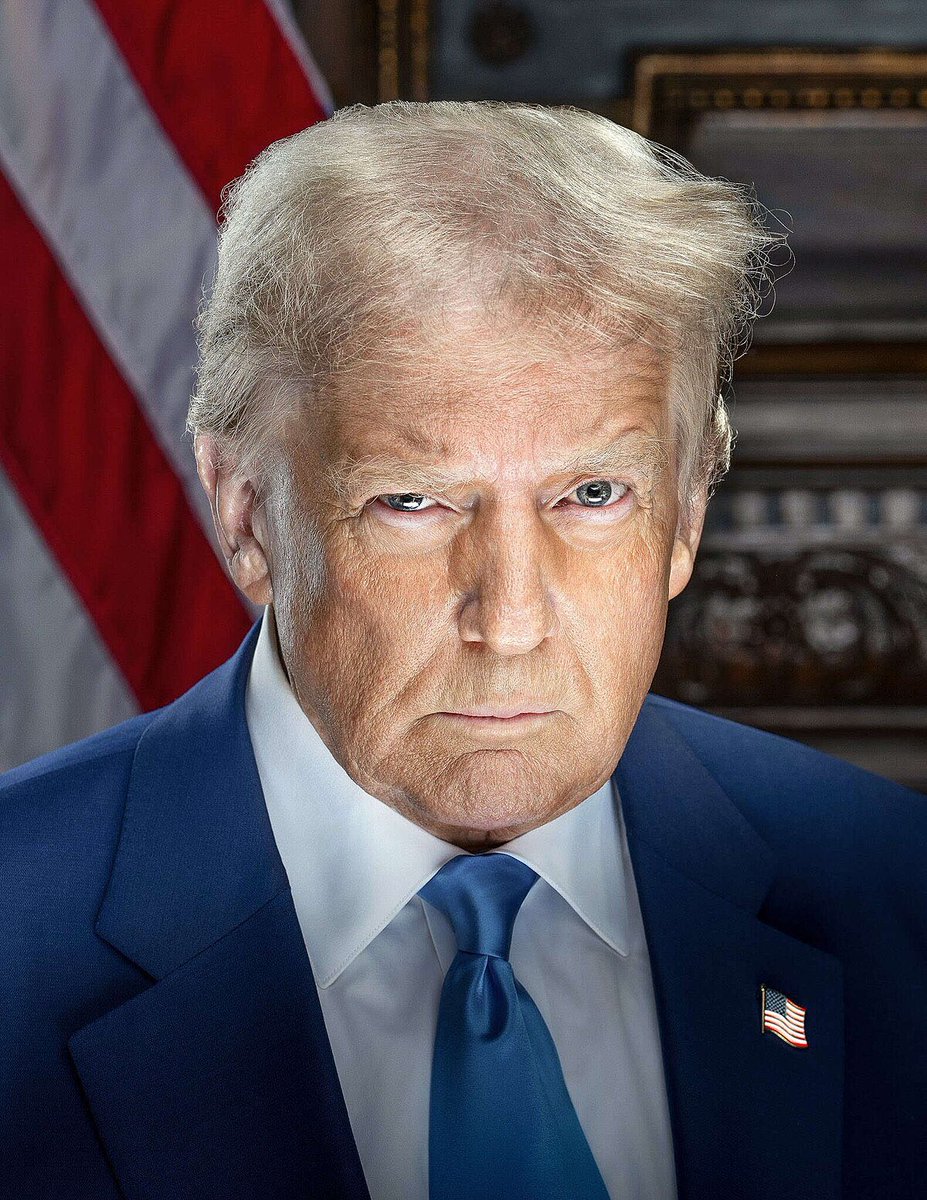
BREAKING: President trump Proposes 50% Tariff on European Union
In a significant economic move, President Donald Trump has recommended a straight 50% tariff on goods imported from the European Union, effective June 1. This announcement has sent shockwaves through international markets and raises questions about the future of trade relations between the United States and Europe.
Understanding the Proposed Tariff
The proposed tariff is part of a broader strategy by the Trump administration to address perceived trade imbalances and unfair practices by foreign nations. President Trump has long criticized the EU for what he describes as detrimental trade policies that disadvantage American businesses and workers. By imposing a 50% tariff, the administration aims to level the playing field and encourage domestic production.
Potential Impact on Trade Relations
The introduction of such a substantial tariff could lead to a series of retaliatory measures from the European Union. Historically, trade wars can escalate quickly, resulting in tariffs being imposed on a wide range of goods. This could create a ripple effect, impacting not just U.S. and EU businesses but also global supply chains.
Economists warn that a 50% tariff could result in higher prices for consumers in the U.S. as companies pass on the increased costs of imported goods. Essential products, from automobiles to electronics, may see price hikes, which could ultimately affect consumer spending habits and economic growth.
- YOU MAY ALSO LIKE TO WATCH THIS TRENDING STORY ON YOUTUBE. Waverly Hills Hospital's Horror Story: The Most Haunted Room 502
Reactions from Business Leaders and Economists
Business leaders within the U.S. have expressed concern over the potential consequences of the proposed tariff. Many industries rely heavily on imported materials and components, and a sudden spike in costs could lead to reduced profitability and job losses. Economists suggest that while the intention behind the tariff is to protect American jobs, the long-term effects may be counterproductive.
Trade experts highlight the importance of cooperative trade policies and warn that unilateral actions such as this could isolate the U.S. in the global market. The potential for diminished trade relations with key partners like the EU could hinder U.S. access to lucrative markets and stifle international investment.
Examining the Broader Context
This tariff proposal comes at a time when the global economy is still recovering from the impacts of the COVID-19 pandemic. Many countries are focused on rebuilding their economies, and trade is a crucial element of that recovery. Increased tariffs could disrupt the flow of goods and services, making it more difficult for countries to bounce back.
Additionally, the proposed tariff aligns with the Trump administration’s broader "America First" policy, which prioritizes American interests in global trade discussions. This approach has been met with mixed reactions, as some view it as a necessary step to protect U.S. industries, while others see it as a threat to international cooperation.
The Role of International Relations
The introduction of a 50% tariff on the EU could significantly alter the landscape of international relations. The EU has been a crucial ally for the U.S. in various geopolitical matters, and strained trade relations could have implications beyond economics. Diplomatic ties may be tested, as both sides navigate the complexities of trade negotiations in the wake of this announcement.
Conclusion: What Lies Ahead?
As the June 1 deadline approaches, stakeholders from various sectors will be closely monitoring developments related to the proposed tariff. The potential consequences of such a significant economic policy are vast and could reshape the future of U.S.-EU trade relations.
In conclusion, President Trump’s recommendation for a 50% tariff on the European Union presents both opportunities and challenges. While it aims to protect American jobs and industries, it also raises concerns about retaliatory measures, increased consumer prices, and the potential for deteriorating international relations. As the situation unfolds, it is essential for businesses, policymakers, and consumers to stay informed and prepared for the possible outcomes of this bold economic strategy.

BREAKING: President Trump recommends a straight 50% tariff on the European Union, starting on June 1. https://t.co/o174KK1DmS
BREAKING: President Trump recommends a straight 50% tariff on the European Union, starting on June 1. https://t.co/o174KK1DmS
In a move that’s bound to stir up discussions across the globe, President Trump has suggested a hefty 50% tariff on imports from the European Union, set to kick off on June 1. This decision raises eyebrows and questions about the implications for trade, economics, and international relations. If you’re wondering how this may affect you or the broader economy, let’s break it down.
BREAKING: President Trump recommends a straight 50% tariff on the European Union, starting on June 1. https://t.co/o174KK1DmS
When we talk about tariffs, we’re diving into a complex web of economics that can impact everything from the prices you pay at the store to the health of global trade. Tariffs are essentially taxes imposed on imported goods, making them more expensive and potentially less appealing to consumers. By proposing a 50% tariff, the Trump administration is sending a clear message about its stance on trade with the EU.
What’s Behind the 50% Tariff Recommendation?
It’s essential to understand the context behind this bold recommendation. For years, trade tensions have simmered between the United States and the European Union. Issues like unfair trade practices, subsidies, and regulatory barriers have been hot topics. The Trump administration has argued that these tariffs are necessary to protect American jobs and industries from what it views as unfair competition from Europe.
Impact on American Consumers
So, what does this mean for you, the everyday consumer? If the 50% tariff takes effect, you might notice a spike in prices for various imported goods. From cars to electronics, products that rely on European imports could see their prices soar. Imagine paying significantly more for that sleek new gadget or a fancy European car; it could become a reality! Some analysts predict that consumers will bear the brunt of these tariffs, as businesses often pass these costs down to customers.
The Ripple Effect on Businesses
Local businesses that import goods from the EU may find themselves in a precarious situation. The increased costs could squeeze profit margins, leading to tough decisions about whether to absorb the costs or raise prices. Some businesses might even consider relocating or finding alternatives to EU suppliers, which could disrupt established supply chains. It’s a tricky balance between protecting domestic industries and maintaining affordability for consumers.
Global Reactions to the Proposed Tariff
The recommendation for a 50% tariff hasn’t gone unnoticed across the pond. European leaders have expressed strong opposition to this move, warning that it could spark a trade war. The EU has historically been a significant trading partner for the U.S., and retaliatory measures could follow. If the EU responds with tariffs of its own, we might see a tit-for-tat scenario that could escalate tensions further.
Potential Retaliation from the EU
The fear of retaliation is very real. The European Union has already indicated that it would consider countermeasures if the U.S. follows through on the tariff. This could lead to a cycle of increasing tariffs that would hurt both economies. For instance, if the EU decides to impose its own tariffs on American goods, sectors like agriculture, technology, and manufacturing could face significant challenges.
Long-Term Implications for U.S.-EU Relations
Trade relations between the U.S. and EU have always been complex, but a move like this could reshape the landscape entirely. The longstanding partnership has been built on cooperation and mutual benefit, and a 50% tariff could fracture that relationship. It’s crucial to consider the long-term consequences of such a decision, not just on trade but on diplomacy as well.
Impact on International Trade Agreements
International trade agreements are designed to foster cooperation and reduce barriers between countries. However, a hefty tariff could undermine existing agreements and complicate future negotiations. If the U.S. takes a hardline approach with the EU, it could send a message to other trading partners about the unpredictability of American trade policy. This might deter countries from entering into agreements, fearing that their trade could be jeopardized by sudden tariffs.
What Experts Are Saying
Economic experts have been weighing in on the potential fallout from this proposal. Many argue that while tariffs can protect certain industries in the short term, they often lead to higher prices and less competition in the long run. Some economists warn that this approach could harm the very workers and industries it aims to protect by creating inefficiencies and reducing market competitiveness.
Public Opinion and Political Ramifications
The proposal for a 50% tariff is likely to be a hot topic in the political arena as well. Public opinion on tariffs is mixed, with some Americans supporting protectionist measures to safeguard jobs and industries, while others fear the consequences of escalating trade tensions. Politicians will need to navigate these waters carefully, as public sentiment can sway their decisions.
What Can Consumers Do?
If you’re concerned about the potential impact of a 50% tariff on your wallet, there are a few steps you can take. Staying informed is essential; keep an eye on news related to trade policies and how they might affect prices. Additionally, consider supporting local businesses that source their products domestically. This can help mitigate the impact of increased import costs and keep local economies thriving.
Preparing for Price Increases
As June 1 approaches, you might want to start budgeting for potential price hikes on imported goods. It’s a good idea to be proactive and consider alternatives or substitutions for products that are likely to see steep increases. By being mindful of your spending, you can better navigate any economic shifts that may come your way.
Final Thoughts on the Proposed Tariff
The recommendation for a straight 50% tariff on the European Union is a bold move that carries with it a host of implications for consumers, businesses, and international relations. As the situation develops, it’s vital to stay informed and understand how these changes might impact you directly. Whether you’re an avid consumer of European products or just someone trying to keep an eye on the economic landscape, this is a significant moment to watch.
Overall, the potential ramifications of this tariff extend far beyond just financial implications; they could reshape the relationship between two of the world’s largest economies. As we approach the proposed start date, all eyes will be on the U.S. and EU to see how they navigate this complicated and evolving situation. Stay tuned, because this story is just getting started!
